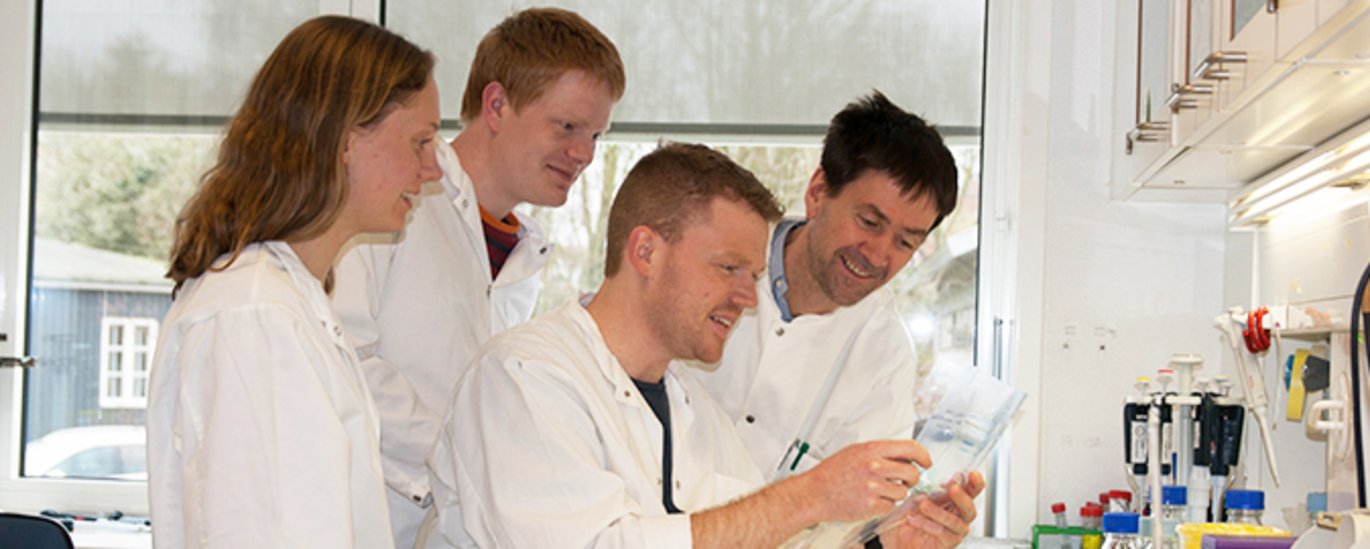New research concerning an immune system accelerator leads the way for treatment of infections and cancer
New research results give an improved basic scientific understanding of how the innate immune system works, which – among other things – opens up for new possibilities for the treatment of various diseases.

A key player in the innate immune system is the complement system, which is triggered when its recognition molecules bind to pathogens. This activates enzymes called proteases that cleave specific proteins in the complement system. The end result is inflammation, which make our white blood cells eliminate the pathogen. Similarly, the complement system also helps removing those of our own cells that are dying and therefore – just like pathogens – is perceived as danger by the immune system.
The complement system is under strict control to avoid it being activated on our own healthy cells, whereas it is strongly activated on microorganisms and our dying cells. A strong stimulation occurs when the protein properdin binds to an enzyme called C3 convertase, which hereby becomes 5-10 times more active. The amount of properdin in our blood is crucial for the activity of the complement system. In other words, propedin sets the pace in this part of the innate immune system, and people with too little properdin are susceptible to infections, which in worse case are deadly.
By exposing crystals to X-rays, researchers at Aarhus University have obtained detailed insight into how properdin stimulates the C3 convertase. The new results have just been published in the highly respected international EMBO Journal.
For three years, Dennis V. Pedersen worked with properdin as a PhD student under the supervision of Professor Gregers Rom Andersen, Department of Molecular Biology and Genetics, Aarhus University. But in the beginning, there was a serious hurdle to be overcome. Dennis explains:
- The properdin in our blood forms so-called oligomers where 2, 3 or 4 properdin molecules associate. This makes properdin much more active within complement, but it also makes it very difficult to study the structure of properdin. I therefore started to develop a form of properdin which can be cut into pieces, so I could study a single properdin molecule, what we call a monomer. This properdin monomer I could then crystallise while it was bound to a C3 convertase. I was the first in the world to produce such a monomer, so this was something very special.
In connection with his work, Dennis spent some time with collaborators at a hospital in Paris, where he compared his monomer with normal oligomeric properdin. Here he was in for another surprise.
- In Paris, they had found two brothers who had a very low activity of the complement system due to a defect in the gene coding for properdin, but they had never studied this in detail. When I prepared this mutated properdin at home in Aarhus, I could quickly explain why: This type did not form the normal oligomers. But I also quickly realised that we were dealing with another kind of monomer than the one we had cut out from oligomeric properdin.
Dennis got this confirmed by comparing how well the two different properdin monomers stimulate the complement system in laboratory tests, which were performed both in Paris and at the Department of Biomedicine, Aarhus University, where Professors Steffen Thiel and Uffe Sørensen helped Dennis. Together with two other PhD students, Dennis also found that the mutated properdin from Paris was much more compact than the properdin monomer that was cut out of the oligomeric properdin.
The new results from Aarhus University offer an improved basic scientific understanding of how the innate immune system works. But it also opens new opportunities for treatment of disease. Gregers Rom Andersen explains:
- In connection with Dennis' work, we discovered how effectively you can kick-start the complement response onto a pathogenic organism by targeting properdin to these in a completely new manner. We are now continuing this work and hope eventually to be able to apply this principle also to kill cancer cells more efficiently than with the existing methods of treatment.
Link to the new research results in the the EMBO Journal
For more information, please contact:
Professor Gregers Rom Andersen
Department of Molecular Biology
Aarhus University, Denmark
gra@mbg.au.dk - +45 3025 6646
